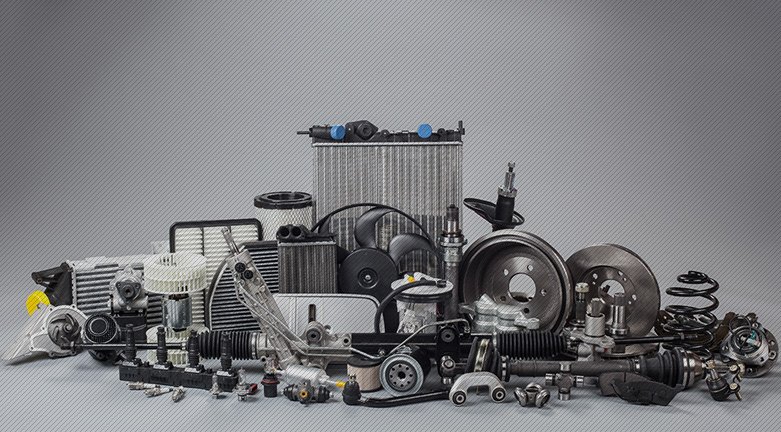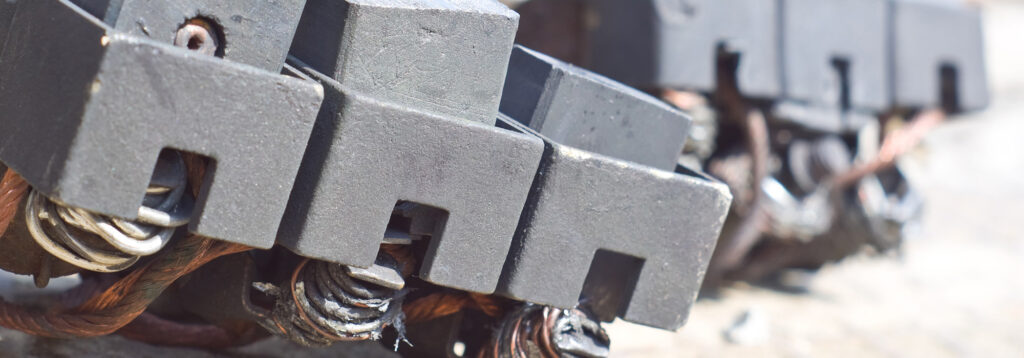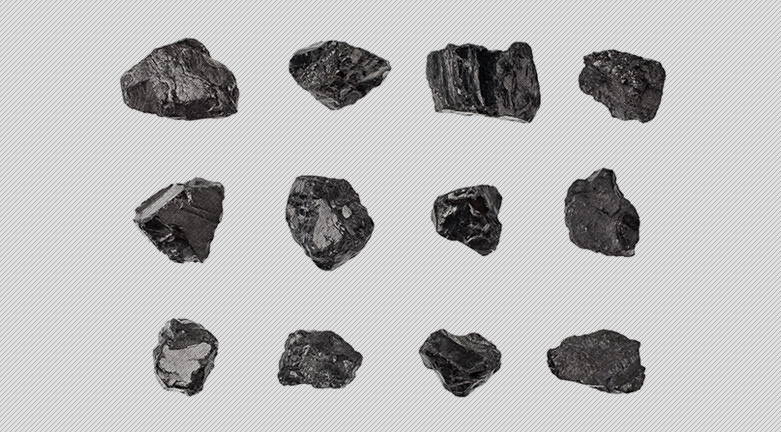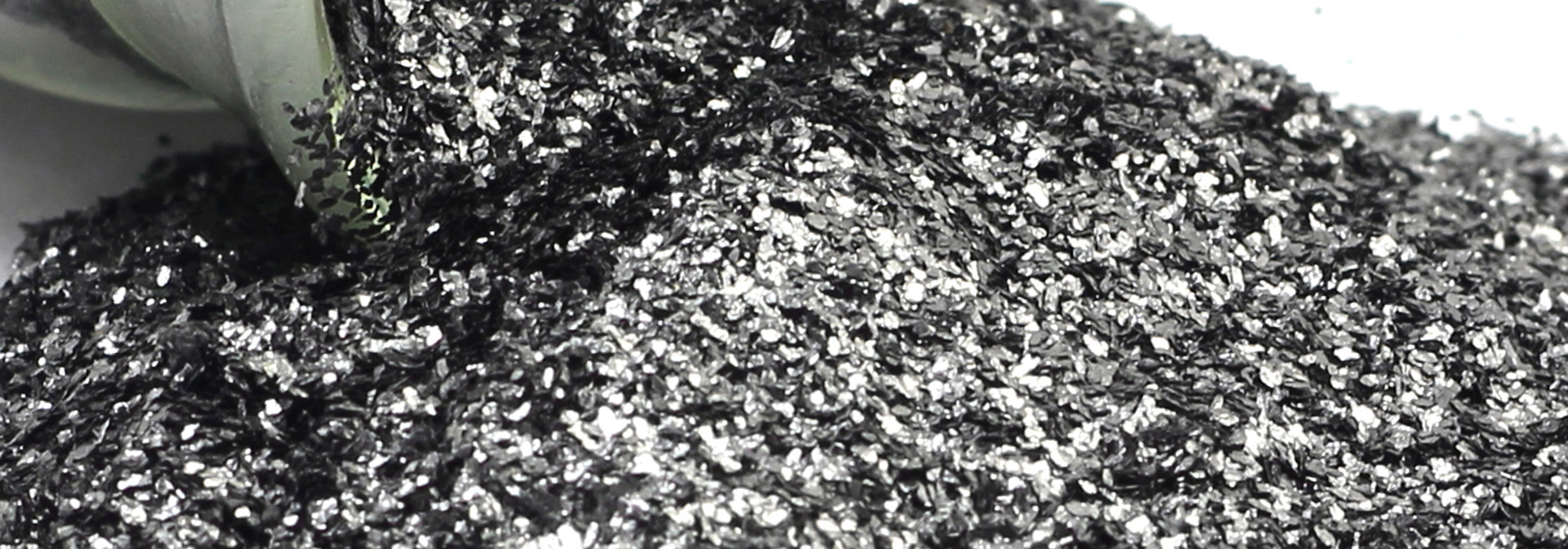

Properties of Graphite
What is Graphite?
Graphite is a mineral that is almost unknown to the general public except for a few people who work in the carbon industry. However, it is used in indispensable products in our daily life such as pencils, dry cell batteries, automobiles, ships, electrical appliances. Especially in recent years, it has become remarkably and extremely important in the refractory material field. In addition, it is indirectly used for many applications as described below, and is enriching our lives behind the scenes. There are Graphite and Diamond which are allotropes of carbon in natural occurring crystalline carbon. This Natural Graphite is a black or silver-black lump of carbon which is dug from mines similar to coal, contains a very small amount of water, volatile matter, and ash. It is a soft and brittle mine with the Mohs hardness of 1 to 2.
Graphite used to be called Plumbargo or Black Lead, but now it is commonly called Graphite. The name Graphite in Japanese seems to be a direct translation of Black Lead, but since it is pure carbon rather than lead, it is not toxic at all. Graphite was first discovered in England, and later in Germany, and has been used for pencil leads at the Bavaria region since ancient times. Graphite is said to have originated from the Greek word Grapho (I write). It seems to have been introduced into our daily lives because it can write letters and draw pictures utilizing the properties as well-slippery and leaving a black mark. However, the reason Graphite has recently come into the limelight as a very important raw material is that electrodes were invented using Graphite and became possible to generate high heat of 3,000˚C to melt iron or coal stones. Natural Graphite has been used in large quantities in the production of copper, carbide, coal nitrogen fertilizer, vinyl, ferroalloys and others. Before war, there was an annual demand of more than 100,000 tons of the Natural Graphite alone, but now it is gradually decreasing because of the remarkable development of Synthetic Electrodes, and the annual demand is 5 to 6 tons.
Graphite as an industrial material is roughly divided into Natural Graphite and Synthetic Graphite which has been graphitized at high temperatures such as coke, tar, and pitch. Natural Graphite is classified into Vein Graphite and Amorphous Graphite according to the place of origin. Vein Graphite is produced in Sri Lanka (Ceylon), Madagascar, Russia, etc. In Sri Lankan mines, it is mined in lumps like rock which are very high quality and some reaching a purity of 98-99%. Those with a purity of 60 to 97% are imported into Japan. Graphite mined in other regions is imported with a carbon content of 70% or higher after easy mineral processing in the mine. For castings it is used without refining, and for lubricants of high-purity products it is refined to nearly 98%, crushed, classified, and it becomes various products. Natural Vein Graphite is a very soft and lubricious crystalline mineral, high heat resistant, scientifically stable except certain conditions, and a good conductor of heat and electricity.
Properties of Graphite
Graphite, along with diamond carbon, is an allotrope of carbon represented by the element symbol C, and is generally glossy, very soft, a layered crystalline mineral with excellent lubricity.
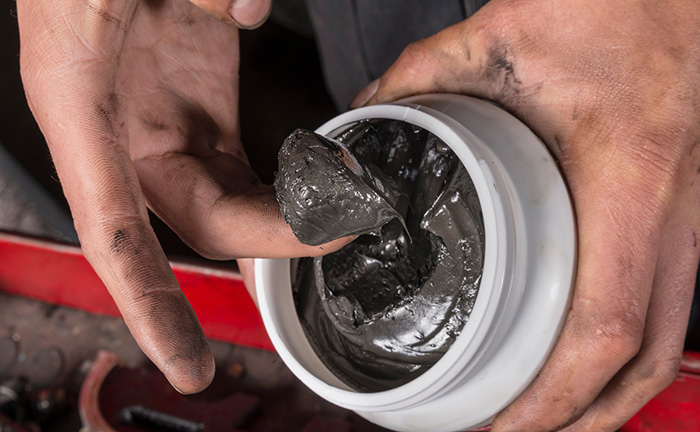
Lubricity
It has excellent lubricity and is used as lubricants or releasing agents especially at high temperature and high load environments. The layers of Vein Graphite are easy to peel off because of its horizontal cleavage property.
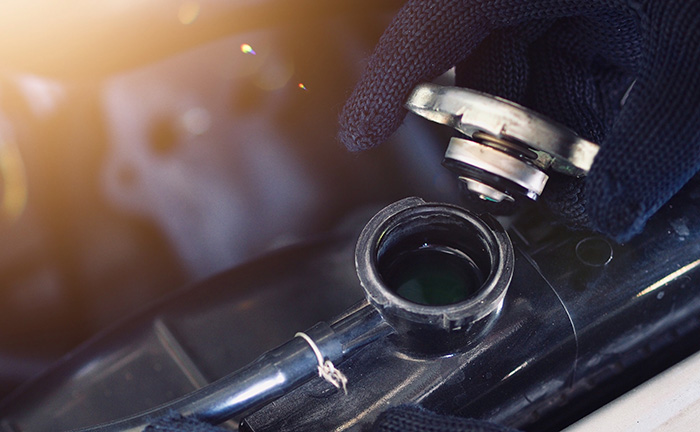
Chemical Resistance
It is stable against both acid and alkaline chemicals, and shows high chemical resistance.。
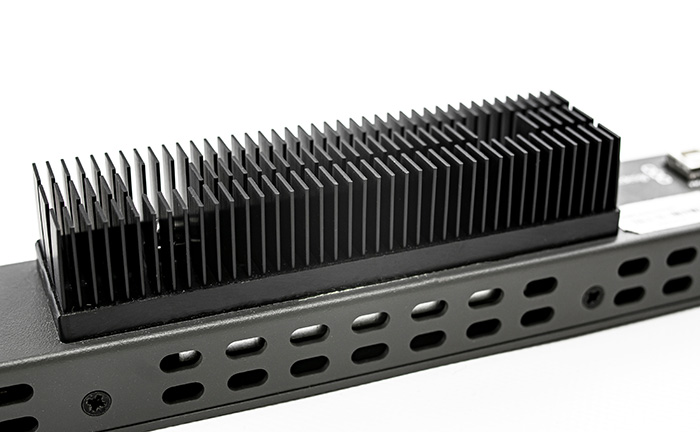
Thermal Conductivity
Graphite has thermal conductivity close to that of metal and is a good conductor of heat. It has high thermal conductivity especially in the direction of crystal plane (horizontal), because it has free electrons of graphite crystals.
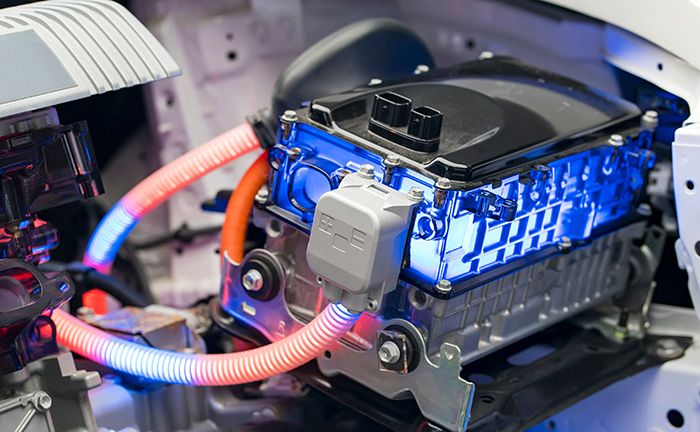
Electrical Conductivity
The electrical resistance of graphite, which value is 1375.0 × 10-6Ωcm, is slightly inferior to the metals of copper, silver, and gold. However, it is less likely to be oxidized than copper and less expensive than silver and gold, therefore it has been used in wide range.
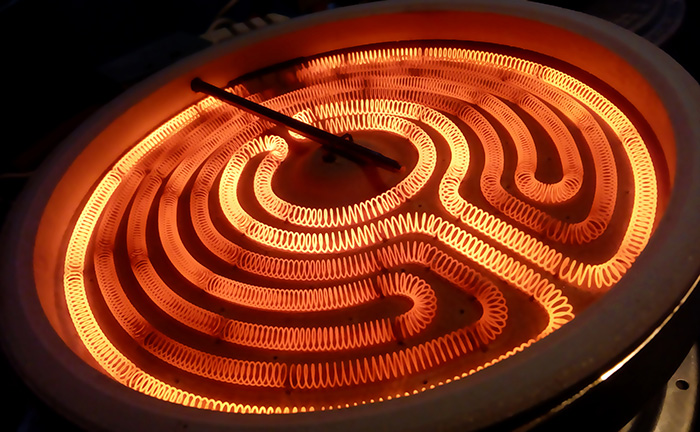
Thermal Resistance
The thermal resistance of graphite is that oxidation becomes active at around 550˚C in a sulfurizing atmosphere, while there is thermal resistance up to sublimation temperature of 3,400˚C in a reducing atmosphere and in a vacuum.



